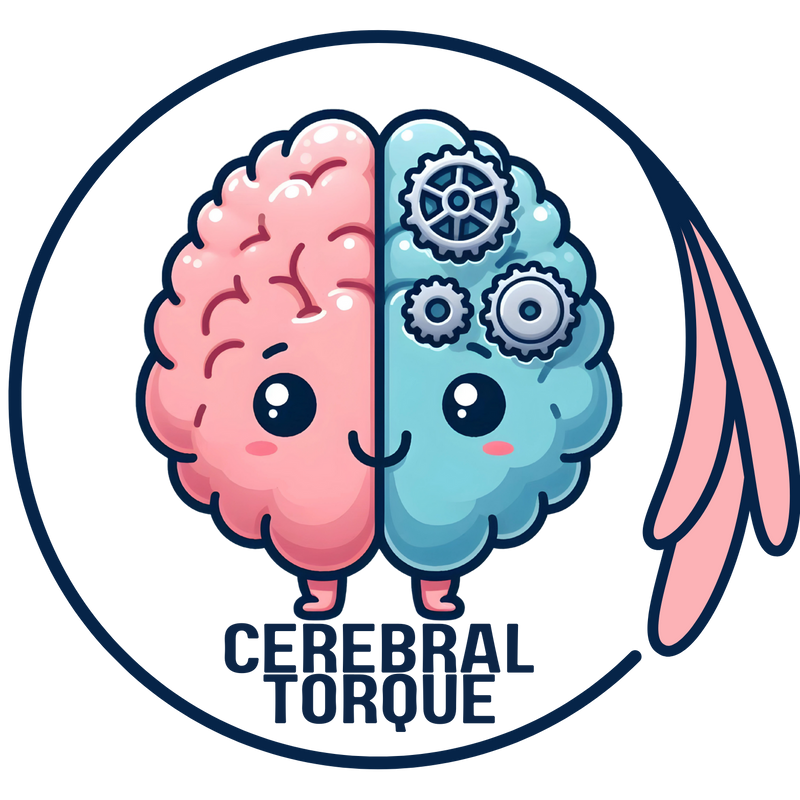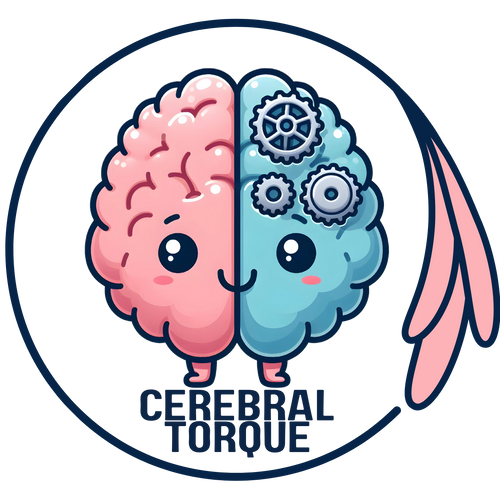Evidence-Based Guidelines for the Pharmacological Treatment of Migraine
Posted on April 25 2025,
Evidence-Based Guidelines for the Pharmacological Treatment of Migraine
About These Guidelines
These evidence-based guidelines provide clear, actionable recommendations to healthcare professionals for the pharmacological treatment of migraine. The guidelines follow the GRADE approach (Grading of Recommendations, Assessment, Development, and Evaluation) for assessing the quality of evidence and strength of recommendations.
Understanding Recommendation Strength and Evidence Quality
- Strong recommendations ("we recommend") indicate high confidence that benefits outweigh risks
- Weak recommendations ("we suggest") indicate benefits likely outweigh risks, but there is less certainty
- High quality evidence means we have high certainty the true effect is close to the estimated effect
- Moderate quality evidence means we have moderate certainty in the estimate of effect
- Low quality evidence means our confidence is limited in the estimate of effect
- Very low quality evidence means we have very little confidence in the estimate of effect
Acute Treatment of Migraine
These medications are used to treat migraine attacks once they have started. The primary outcomes considered were pain freedom and pain relief at 2 hours after medication intake.
| Medication | Dose | Evidence Quality | Recommendation |
|---|---|---|---|
| Acetaminophen (Paracetamol) | 1000 mg oral | High | Strong |
| Acetylsalicylic acid (Aspirin) | 1000 mg oral | Moderate | Strong |
| Diclofenac | 50 mg oral | Moderate | Strong |
| Ibuprofen | 200, 400, 600 mg oral | Low | Strong |
| Naproxen | 500 and 825 mg oral | Very Low | Strong |
| Celecoxib | 120 mg oral | Moderate | Weak |
| Triptan | Dose | Evidence Quality | Recommendation |
|---|---|---|---|
| Almotriptan | 12.5 mg oral | High | Strong |
| Eletriptan | 20 and 40 mg oral | High | Strong |
| Frovatriptan | 2.5 mg oral | High | Strong |
| Naratriptan | 1 and 2.5 mg oral | High | Strong |
| Rizatriptan | 5 and 10 mg oral | High | Strong |
| Sumatriptan | 50 and 100 mg oral | High | Strong |
| Sumatriptan | 6 mg/mL subcutaneous | High | Strong |
| Sumatriptan | 10 and 20 mg intranasal | High | Strong |
| Zolmitriptan | 2.5 mg oral | High | Strong |
| Newer Treatments | Dose | Evidence Quality | Recommendation |
|---|---|---|---|
| Lasmiditan (Reyvow) | 50, 100 and 200 mg oral | High | Strong |
| Rimegepant (Nurtec ODT) | 75 mg oral | High | Strong |
| Ubrogepant (Ubrelvy) | 50 and 100 mg oral | High | Strong |
| Zavegepant (Zavzpret) | 10 mg intranasal | High | Strong |
| Zavegepant (Zavzpret) | 20 mg intranasal | Moderate | Weak |
| Combination Therapies | Dose | Evidence Quality | Recommendation |
|---|---|---|---|
| Acetylsalicylic acid (Aspirin) + Acetaminophen (Paracetamol) + Caffeine | 500 mg + 500 mg + 130 mg oral | High | Strong |
| Acetylsalicylic acid (Aspirin) + Metoclopramide | 900 mg + 10 mg oral | Moderate | Strong |
| Sumatriptan + Naproxen (Treximet) | 85 mg + 500 mg oral | Low | Strong |
| Rizatriptan + Acetaminophen (Paracetamol) | 10 mg + 1000 mg oral | Low | Strong |
| Acetaminophen (Paracetamol) + Tramadol | 650 mg + 75 mg oral | Moderate | Weak |
Preventive Treatment for Episodic Migraine
Preventive treatments are used to reduce the frequency and severity of migraine attacks. The primary outcomes considered include reduction in monthly migraine days and ≥50% responder rate.
| Medication | Dose | Evidence Quality | Recommendation |
|---|---|---|---|
| Atogepant (Qulipta) | 60 mg oral | High | Strong |
| Erenumab (Aimovig) | 70 and 140 mg every four weeks, subcutaneous | High | Strong |
| Fremanezumab (Ajovy) | 225 mg monthly or 675 mg quarterly, subcutaneous | High | Strong |
| Galcanezumab (Emgality) | 120 mg monthly, subcutaneous | High | Strong |
| Eptinezumab (Vyepti) | 100 and 300 mg quarterly, intravenous | Moderate | Strong |
| Topiramate | 100 and 200 mg oral | Moderate | Strong |
| Topiramate | 50 mg oral | Low | Weak |
| Amitriptyline | 25 mg oral | Moderate | Weak |
| Candesartan | 16 mg oral | Moderate | Weak |
| Lisinopril | 20 mg oral | Low | Weak |
| Propranolol | 160 mg oral | Low | Weak |
| Valproate | 750 mg and 1500 mg oral | Very Low | Weak |
Preventive Treatment for Chronic Migraine
Chronic migraine is defined as headache occurring on 15 or more days per month for more than 3 months, with features of migraine on at least 8 days per month.
| Medication | Dose | Evidence Quality | Recommendation |
|---|---|---|---|
| OnabotulinumtoxinA (Botox) | 155–195 IU intramuscular | High | Strong |
| Atogepant (Qulipta) | 60 mg oral | High | Strong |
| Eptinezumab (Vyepti) | 100 and 300 mg quarterly, intravenous | High | Strong |
| Fremanezumab (Ajovy) | 675 mg quarterly, subcutaneous | High | Strong |
| Galcanezumab (Emgality) | 120 mg monthly, subcutaneous | High | Strong |
| Erenumab (Aimovig) | 70 and 140 mg every four weeks, subcutaneous | Moderate | Strong |
| Fremanezumab (Ajovy) | 225 mg monthly, subcutaneous | Moderate | Strong |
| Topiramate | 200 mg oral | Low | Weak |
| Topiramate | 50 and 100 mg oral | Very Low | Weak |
Head-to-Head Comparisons
These recommendations are based on direct comparison trials between different treatments.
- Eletriptan 40 mg is superior to Sumatriptan 100 mg (High quality, Strong recommendation)
- Triptans are superior to Ergotamine + Caffeine (Moderate to Very low quality, Strong recommendation)
- Rizatriptan 10 mg is superior to Ibuprofen 400 mg (Low quality, Weak recommendation)
- Eletriptan 40 mg is superior to Naratriptan 2.5 mg (Moderate quality, Weak recommendation)
- Combination therapies are generally superior to monotherapies (Low to Very low quality, Weak recommendation)
- Erenumab 70 or 140 mg is superior to Topiramate up to 100 mg (Low quality, Strong recommendation)
- Topiramate 50 mg is superior to Propranolol 80 mg (Very low quality, Weak recommendation)
- Flunarizine 10 mg is superior to Metoprolol 200 mg (Low quality, Weak recommendation)
- Metoprolol 200 mg is superior to Acetylsalicilic acid 300 mg (Very low quality, Weak recommendation)
Clinical Implications
Although the guidelines provide a robust foundation for migraine treatment, they also highlight gaps in current research, such as the paucity of head-to-head drug comparisons and the need for long-term outcome studies.
Key Considerations for Patients
- Newer treatments (CGRP monoclonal antibodies, gepants, ditans) generally have higher quality evidence than older treatments
- For acute treatment, triptans and NSAIDs remain cornerstone therapies with strong recommendations
- For prevention, CGRP pathway-targeted treatments have transformed the treatment landscape
- Some patients may be "late responders" to preventive treatments, showing benefits only after 3-4 months
- Even a 30-49% reduction in monthly migraine days may represent a meaningful improvement for patients with treatment-resistant migraine
- Combination approaches may be beneficial for patients with difficult-to-treat migraine
Special Populations
- Older patients may respond better to certain treatments (e.g., increased age was associated with better response to erenumab)
- Patients with chronic migraine and medication overuse may require different treatment approaches
- Patients with unilateral headache may respond better to certain treatments
- Women of childbearing potential should avoid valproate due to teratogenic risk
- These guidelines do not address treatment for pediatric populations (under 18 years)
Mon, Nov 17, 25
Migraine Research - During the week of my absence.
Migraine Research - During the week of my absence. The Association Between Insomnia and Migraine Disability and Quality of Life This study examined how insomnia severity relates to migraine disability...
Read MoreSat, Nov 01, 25
Anti-CGRP Monoclonal Antibody Migraine Treatment: Super-Responders and Absolute Responders and When to Expect Results
Anti-CGRP monoclonal antibodies achieved 70% super-response and 23% complete migraine freedom in a one-year study. Most dramatic improvements occurred after 6 months of treatment. For patients with chronic or high-frequency...
Read MoreAll Non-Invasive Neuromodulation Devices for Migraine Treatment
Wondering if migraine devices actually work? This guide breaks down the latest evidence on non-invasive neuromodulation devices like Cefaly, Nerivio, and gammaCore. Learn which devices have solid research backing them,...
Read More



